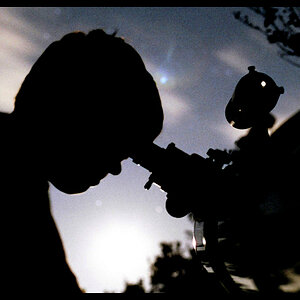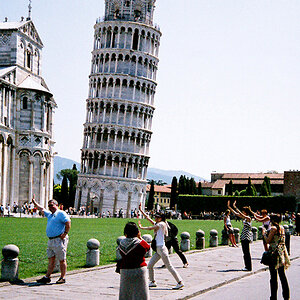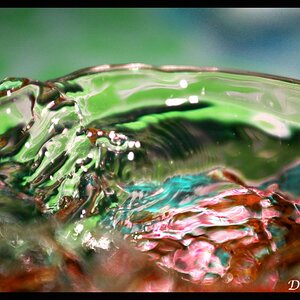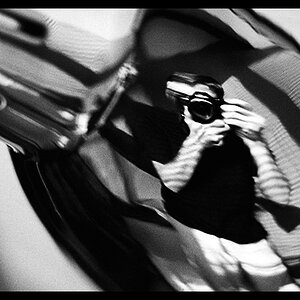deadtoaster2
TPF Noob!
- Joined
- Apr 22, 2007
- Messages
- 31
- Reaction score
- 0
- Can others edit my Photos
- Photos OK to edit
I'm still pretty new to this so I thought I would go ahead and ask if this picture could have been improved by changing any settings on my camera when I took the image.
I have a Nikon D50 and a Sigma 28-200mm f/3.5-5.6
This picture was taken in "P" Mode at 77mm.
F/4.8 @ 1/40 sec.
I know its not in complete focus but what should I have done to try and avoid the solid white background? I tried multiple WB settings and it didn't really seem to change much.
What would you have changed?

Thanks!
I have a Nikon D50 and a Sigma 28-200mm f/3.5-5.6
This picture was taken in "P" Mode at 77mm.
F/4.8 @ 1/40 sec.
I know its not in complete focus but what should I have done to try and avoid the solid white background? I tried multiple WB settings and it didn't really seem to change much.
What would you have changed?

Thanks!




![[No title]](/data/xfmg/thumbnail/33/33493-f055dbbe7f00f271d3959dd3a6482165.jpg?1619736004)


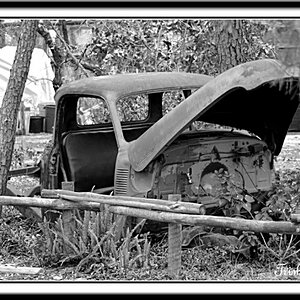
![[No title]](/data/xfmg/thumbnail/40/40286-86401b94de8b01bea8bb4ea154aaea0a.jpg?1619739408)

